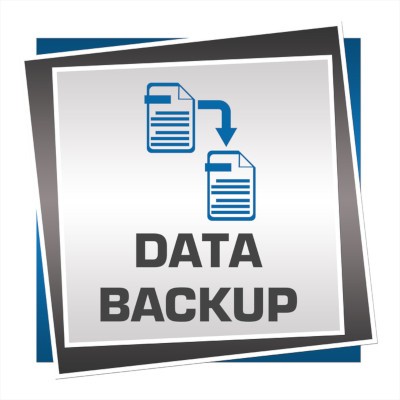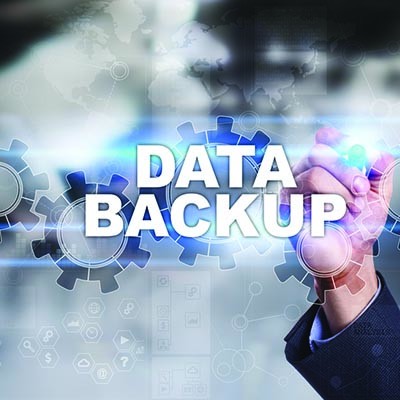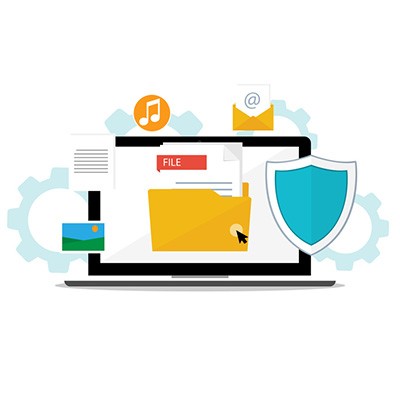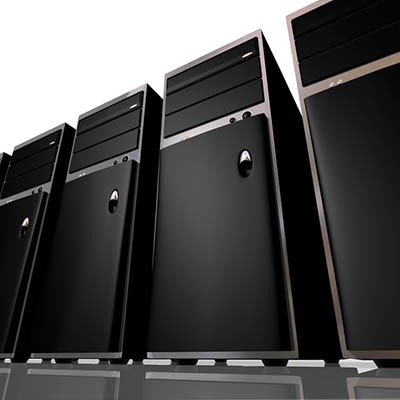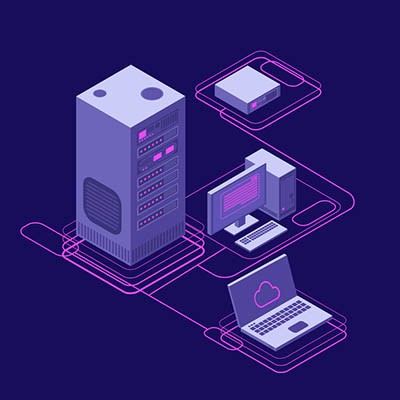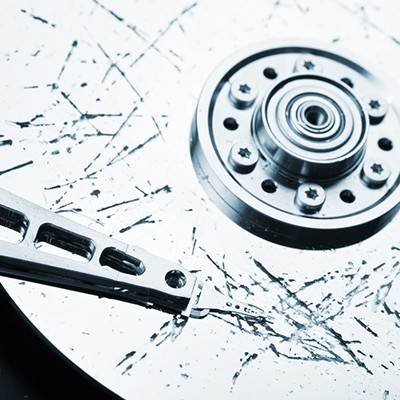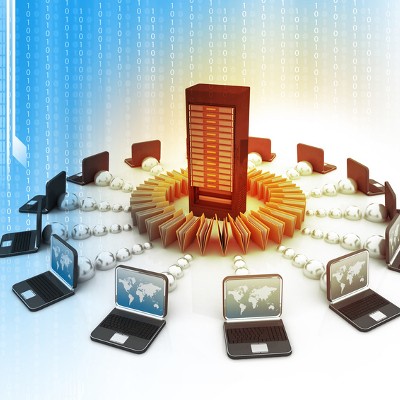SouthBridge Consulting Blog
For the modern business, not having a backup system in place is inexcusable. If you use digital data to run your business, you need to protect the data you can’t replace by having it backed up regularly. Some businesses have been around long enough to have files that don’t have any practical application in the course of business. You don’t need this data, and you don’t need a copy of it. Today, we will discuss how to select and choose which pieces of data you should seek to protect.
“By failing to prepare, you are preparing to fail.”
This quote is frequently attributed to Benjamin Franklin, and while it may not have actually been said by the Founding Father, it still teaches a valuable lesson - especially where disaster recovery is concerned. In other words, you need to make sure you have a working disaster recovery strategy - working being the key point.
Backup and disaster recovery (BDR) might seem like a singular process, but in reality it’s more of a combination of processes that work in tandem with each other. Backup and disaster recovery both require a different perspective and approach in order to make sure they play nicely with each other. We’ll attempt to address this difference and give you the information needed to make the best decisions possible for your solution.
Businesses have a lot of data to protect and it’s not so simple as implementing a catch-all solution that can keep your data secure. In fact, it takes several solutions working in tandem to maximize data security. We recommend a combination of a unified threat management tool, a Bring Your Own Device policy, and a virtual private network solution. Let’s take a longer look at them:
Data backup can be the difference between a business that fails and a business that succeeds. After all, if an organization suffers from a data loss incident so bad that it has to deploy its data backup, it wouldn’t be able to survive without it. With a data backup and disaster solution, you can ensure business continuity. But what does this kind of system need in order to succeed, and how can you make sure your organization benefits from a data backup system in place?
With data looked on as more of an asset than ever organizations are finding that their data backup and recovery system needs to be comprehensive. By knowing more about backup and recovery, you stand to be able to plan the solution to meet your company’s needs. Today, we will look at the different types of data backup and introduce you to four terms you need to understand.
Data recovery can make your break your business’ continuity plan, and you absolutely cannot underestimate how important this is for the future of your organization. There are countless ways your business could lose data, and if you encounter even a single one of them, your organization could be put at serious risk. We’ll take a look at operational data loss and how your organization needs to strategize data recovery.
Data backup has become an essential piece of the modern business’ computing infrastructure but the act of protecting data from being lost is centuries old. Before there was recorded civilization, there were humans writing on the cave walls and carving notches into bone to aid counting and other primitive mathematics. Today, we take a look at the history of backing up data, and how it has brought us to where we are now.
How does your business handle its on-premise, physical data backups? This is a question that you don’t necessarily have to ask yourself under pressure of a looming data loss incident. Despite the cloud being the clear victor in terms of restoration and reliability, physical data backup is still an important part of the business continuity process. In the worst-case scenario, a physical backup can be helpful for getting back on track.
It’s critical that you protect your business’ important assets, including perhaps the most important of all: its data. One of the best ways to do this is by implementing a solid backup solution. But what’s the best way to approach data backup? After all, every business is going to have different needs. We’re here to tell you all about these different needs, and how your organization can implement a reliable backup solution based on yours.
What one organization considers a disaster might be much different than what another business might see as disastrous. Perhaps one sees the loss of a few hours and a few files as something that can be recovered, while another sees every lost moment and each iota of data as a catastrophe. Whichever camp you find yourself in, you need to be able to do two things: first, gauge how serious a given data loss disaster is, and secondly, establish what must be done to get back in action following said disaster.
It’s no industry secret that one of the most important pieces of IT any business should have is a data backup solution. However, this is like saying that every business should have a plant: the type of plant, and (by extension) the type of data backup, matters. You want a data backup that is more like a peace lily or a cactus, hardy and resilient, and less like a basil plant or orchid, high-maintenance and requiring very specific conditions to prosper.


